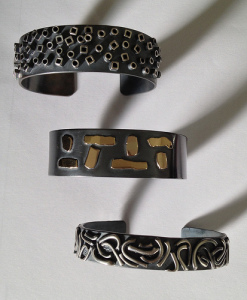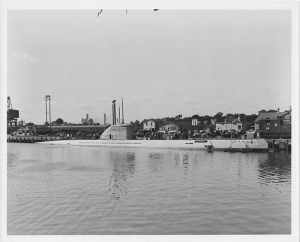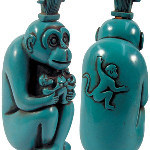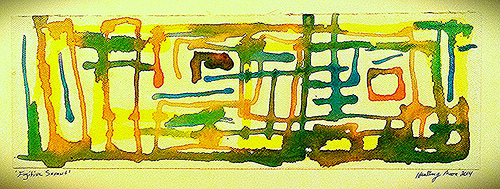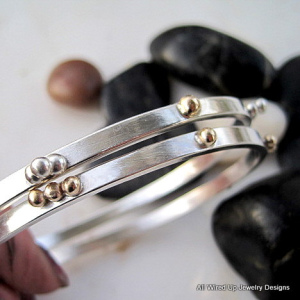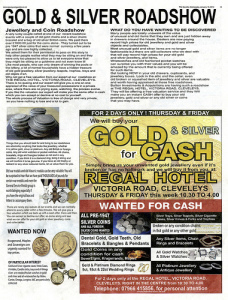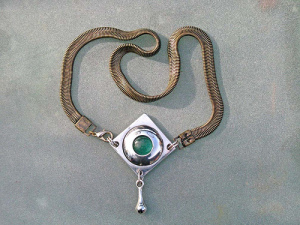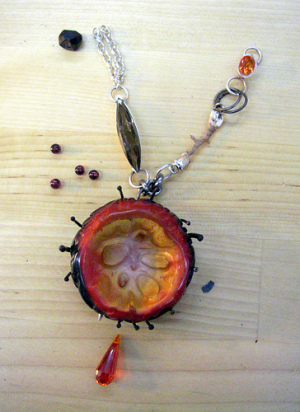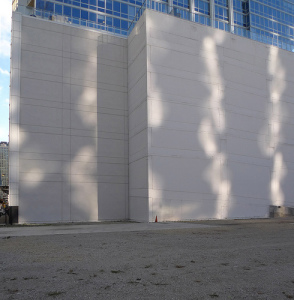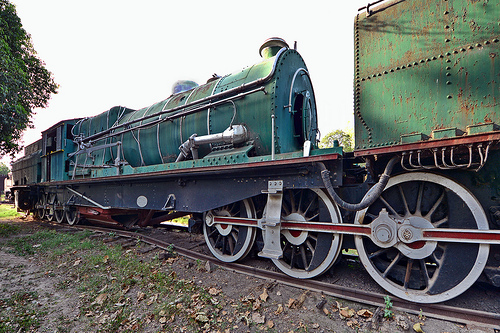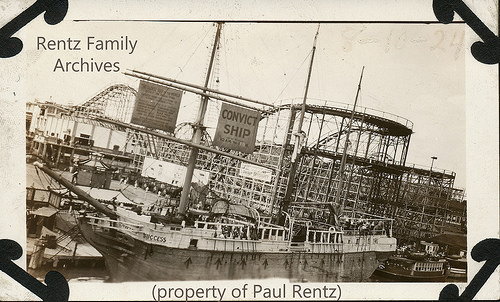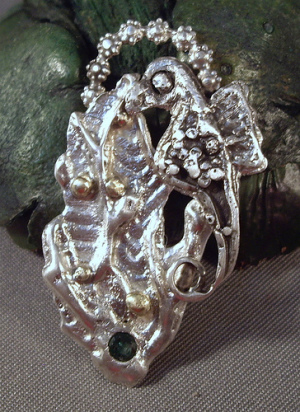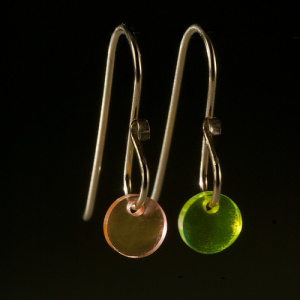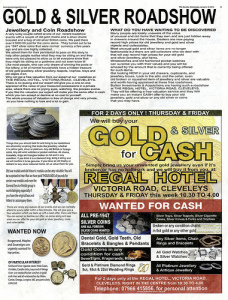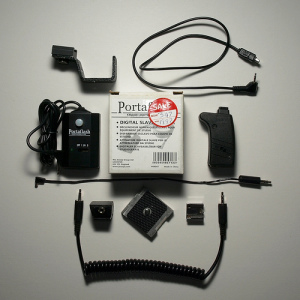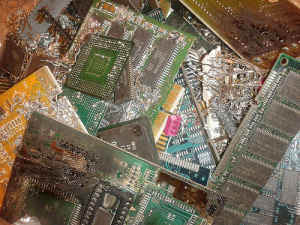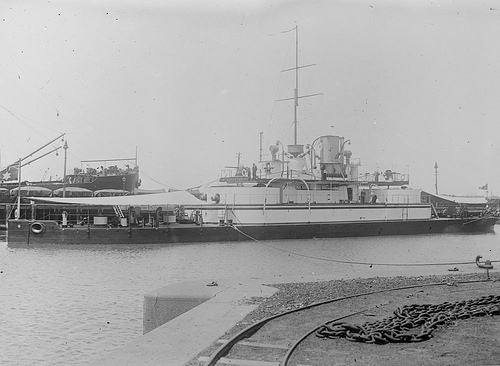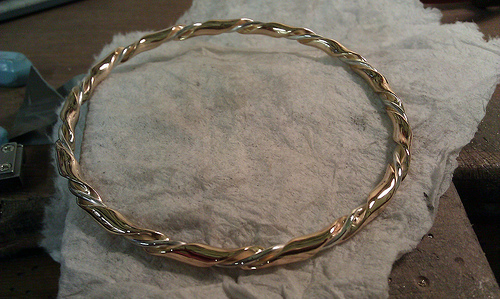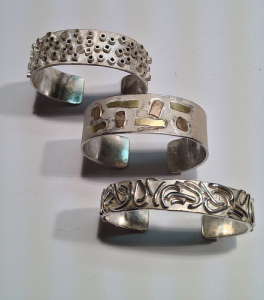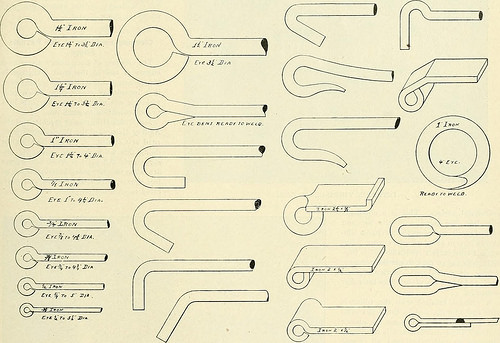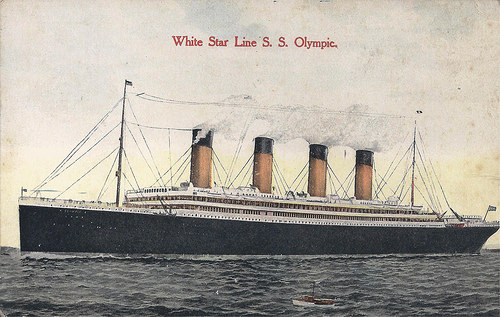Read More...
Cathodes in small "receiving" tubes are coated with a mixture of barium oxide and strontium oxide, sometimes with addition of calcium oxide or aluminium oxide. An electric heater is inserted into the cathode sleeve, and insulated from it electrically by a coating of aluminium oxide. This complex construction causes barium and strontium atoms to diffuse to the surface of the cathode and emit electrons when heated to about 780 degrees Celsius. where to buy cheap LED Strip? Lightereryday is a good choice.
A catastrophic failure is one which suddenly makes the vacuum tube unusable. A crack in the glass envelope will allow air into the tube and destroy it. Cracks may result from stress in the glass, bent pins or impacts; tube sockets must allow for thermal expansion, to prevent stress in the glass at the pins. Stress may accumulate if a metal shield or other object presses on the tube envelope and causes differential heating of the glass. Glass may also be damaged by high-voltage arcing.
Tube heaters may also fail without warning, especially if exposed to over voltage or as a result of manufacturing defects. Tube heaters do not normally fail by evaporation like lamp filaments, since they operate at much lower temperature. The surge of inrush current when the heater is first energized causes stress in the heater, and can be avoided by slowly warming the heaters, gradually increasing current. Tubes intended for series-string operation of the heaters across the supply have a specified controlled warm-up time to avoid excess voltage on some heaters as others warm up. Directly-heated filament-type cathodes as used in battery-operated tubes or some rectifiers may fail if the filament sags, causing internal arcing. Excess heater-to-cathode voltage in indirectly heated cathodes can break down the insulation between elements and destroy the heater.
Arcing between tube elements can destroy the tube. An arc can be caused by applying voltage to the anode (plate) before the cathode has come up to operating temperature, or by drawing excess current through a rectifier, which damages the emission coating. Arcs can also be initiated by any loose material inside the tube, or by excess screen voltage. An arc inside the tube allows gas to evolve from the tube materials, and may deposit conductive material on internal insulating spacers.
Degenerative failures cause the performance of the tube to slowly deteriorate with time.
Overheating of internal parts, such as control grids or mica spacer insulators, can result in trapped gas escaping into the tube; this can reduce performance. A getter is used to absorb gases evolved during tube operation, but has only a limited ability to combine with gas. Control of the envelope temperature prevents some types of gassing. A tube with very bad internal gas may have a visible blue glow when plate voltage is applied.
Gas and ions within the tube contribute to grid current which can disturb operation of a vacuum tube circuit. Another effect of overheating is the slow deposit of metallic vapors on internal spacers, resulting in inter-element leakage.
Tubes on standby for long periods, with heater voltage applied, may develop high cathode interface resistance and display poor emission characteristics. This effect occurred especially in pulse and digital circuits, where tubes had no plate current flowing for extended times. Tubes designed specifically for this mode of operation were made.
Cathode depletion is the loss of emission after thousands of hours of normal use. Sometimes emission can be restored for a time by raising heater voltage, either for a short time or a permanent increase of a few percent. Cathode depletion was uncommon in signal tubes but was a frequent cause of failure of monochrome television cathode-ray tubes sometimes usable life of this expensive component was extended by fitting a boost transformer to increase heater voltage. recommend directory: 5050 SMD Flexible Strip with non-waterproof 5 Meter 150 LEDS.
Vacuum tubes may have or develop defects in operation that make an individual tube unsuitable in a device, although it may perform satisfactorily for another function. Microphonics refers to internal vibration of tube elements, which modulates the signal from the tube in an undesirable way; sound or vibration pick-up may affect the signals, or even cause uncontrolled howling if a feedback path develops between a microphonic tube and, for example, a loudspeaker. Leakage current between AC heaters and the cathode may couple into the circuit, or electrons emitted directly from the ends of the heater may also inject hum into the signal. Leakage current due to internal contamination may also inject noise.[18] Some of these effects make tubes unsuitable for small-signal audio use, although unobjectionable for many purposes. Selection of the best of a batch of nominally identical tubes for critical applications can give better results.
Like any electronic device, vacuum tubes produce heat while operating. This waste heat is one of the principal factors that affect tube life. In power amplifiers, the majority of this waste heat originates in the anode though screen grids may also require cooling. For example, the screen grid in an EL34 is cooled by two small radiators or "wings" near the top of the tube. A tube's heater (filament) also contributes to the total waste heat. A tube's data sheet will normally identify the maximum power that each element may safely dissipate.
The method of anode cooling is dependent on the construction of the tube itself. Tubes used in consumer equipment have internal anodes, so cooling occurs through black body radiation from the anode (plate) to the glass envelope; natural convection (air circulation) then removes the heat from the envelope. Tube shields that aided heat dispersal can be retrofitted on certain types of tube; they improve heat conduction from the surface of the tube to the shield itself by means of tens of copper tongues in contact with the glass tube, and have an opaque, black outside finish for improved heat radiation. The ability to remove heat may be further increased by forced-air cooling, and adding an external heat sink attached to the anode through the tube's enclosure. These measures are both implemented in the 4-1000A transmitting tube, whose anode was designed to operate while red hot, dissipating up to one kilowatt.
The amount of heat that may be removed from a tube with an internal anode is limited. Tubes with external anodes may be cooled using forced air, water, vapor, and multiphase. The 3CX10,000A7 is an example of a tube with an external anode cooled by forced air. Water, vapor, and multiphase cooling techniques all depend on the high specific heat and latent heat of water. The water-cooled 80 kg, 1.25 MW 8974 is among the largest commercial tubes available today.
In a water-cooled tube, the anode voltage appears directly on the cooling water surface, thus requiring the water to be an electrical insulator to prevent high voltage leakage through the cooling water to the radiator system. Water as usually supplied has ions which conduct electricity; deionized water, a good insulator, is required. Such systems usually have a built-in water-conductance monitor which will shut down the high-tension supply (often tens of kilovolts) if the conductance becomes too high. recommend directory: SMD 335 Side View Flexible LED Strip light - 60 LEDs per Meter.
Related Posts
-
 Turn Your Scrap Gold Into Money
A highly valuable and precious metal, Gold has a lot of utilities other than
Turn Your Scrap Gold Into Money
A highly valuable and precious metal, Gold has a lot of utilities other than -
 Cash For Gold
Do you have what it takes to transform carats into liquid assets? Gold dealers
Cash For Gold
Do you have what it takes to transform carats into liquid assets? Gold dealers -
 Scrap Gold Buyers – An Overview
With the global financial crisis hovering over, people are looking for many ways to
Scrap Gold Buyers – An Overview
With the global financial crisis hovering over, people are looking for many ways to -
 Get The Best Price For Your Scrap Gold
The price of gold goes up when the demand for it is high. You
Get The Best Price For Your Scrap Gold
The price of gold goes up when the demand for it is high. You -
 What is Scrap Gold? How To Fruitfully Market This Material
Most people are not conscious that one of the most engrossing areas of bullion
What is Scrap Gold? How To Fruitfully Market This Material
Most people are not conscious that one of the most engrossing areas of bullion -
 How to sell Scrap Gold to get the maximum benefit?
Gold is a precious metal and getting tremendous importance from ancient time. Gold purchase
How to sell Scrap Gold to get the maximum benefit?
Gold is a precious metal and getting tremendous importance from ancient time. Gold purchase -
 Scrap Gold Buyers – An Overview
With the global financial crisis hovering over, people are looking for many ways to
Scrap Gold Buyers – An Overview
With the global financial crisis hovering over, people are looking for many ways to -
 Portland Gold Buyers Commodity
To sell gold to Portland gold buyers a person must understand how the system
Portland Gold Buyers Commodity
To sell gold to Portland gold buyers a person must understand how the system


